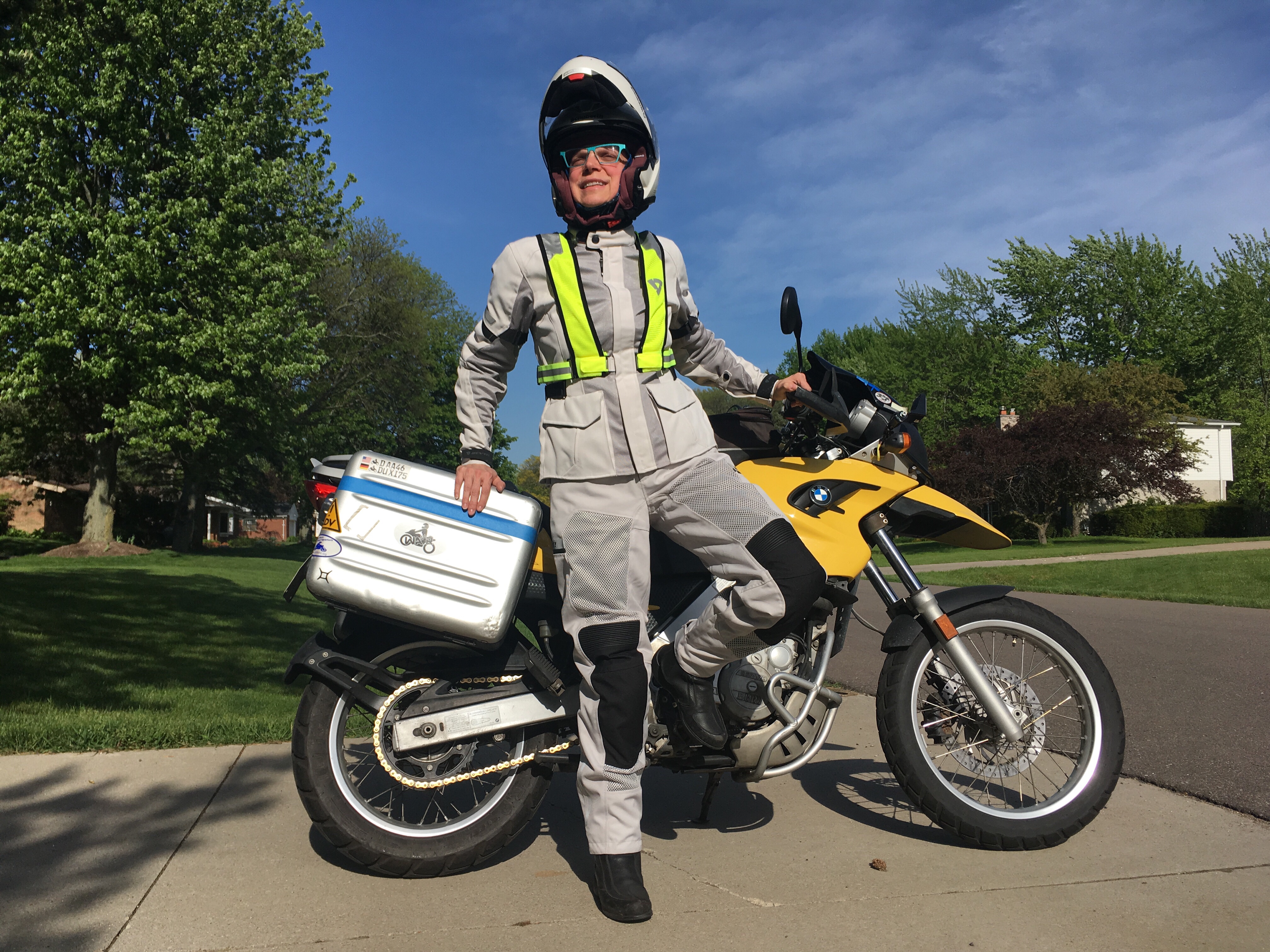I found this oldie when replying to a BRZ thread. Original date was 15FEB2006.
I got the email from Volkswagen last evening: I would finally find out what my fast was about. I clicked in anticipation, who knows, maybe my fast would be special, maybe I would actually get a fast. Whatever, I was off for the e-ride.
My fast looked suspiciously similar to the fast I had already seen in the forums of TCL, but whatever. It was cute, if a little bit pudgy. Certainly more pudgy than the fast I have out in my garage, although it is certainly faster than the fast in my garage. That fast is not very fast, although it is very noisy and seems to think it can talk to me. I had the sneaking suspicion that my fast looked just like everyone else’s fast. Bummer.
I worked my way through the car configurator to see how fast I was going to go. I have to admit, the configurator was nicely done. Keeping tabs on the cost, advising when an option was part of a package, showing the parts on the vehicle, and good informational blurbs about each option. Very well done. I was particularly interested in the “joy ride” selection. I knew I was off for an e-ride, but an e-joyride? What the hell is that? I clicked. A clipped, European female voice advised me that the joyride would be handled by an expert driver on a closed course. It was right there that I went wrong. My wrongness would become readily apparent in mere moments.
At the words “expert driver on closed course” I made a critical error. My mind drifted. I let myself imagine who I would want my “expert driver” to be. I drifted further, would he be better looking than Schumi? More confident than Rubens? Would he be the racing equivalent of Fabio? I admit it – the sexy female voice told me I would get an expert driver. No crime in hoping for a good looking one. If I’m going to take a fantasy e-joyride with a guy, I want it to be nice, and good looks under the helmet will be a definite plus.
Then Helga popped up.
Uh, ok.
A porn star in a nurse’s uniform with a Cinnabon on her head is now on my screen. What does this have to do with joyriding? I have heels like that, I sure as hell don’t wear them when I’m racing. I don’t generally associate wearing them with driving at all. Little problem with ankle extension on the clutch foot, you see.
I want Hans, not Helga. And now she’s a cloying kitten, teasing the ******* in the rice rocket in the next lane over. This is embarrassing. Car chicks do not behave like that. We wear our clothes when we take your pink slip, thank you.
<detour>
It would not be possible to abuse Mitsubishi’s j-cool concept more heavily than the creative people did in this bit. Stereotype takes on new meaning after seeing that car. Yellow may be fast, and stickers may mean horsepower, but daaaaaayyy-um! That thing had it all! And the wigger that was driving it? Please! The Icy-Hot Stunnas could not have done a better job of creating that train wreck. Did I see diamonds on those teeth? Holy crap. If I wasn’t laughing out loud at Helga, I’m laughing out loud at this fool.
</detour>
So I watch while Helga drops the flags. The cars launch. Wait a minute, now she’s back in the car? Um, story board foul-up. It’s a bit hard to get around a launching vehicle and into the passenger seat if you are the starter. Wait, it’s supposed to be a fantasy e-joyride. I suppose anything can happen. It’s also a straight quarter, not exactly what I would do with a GTI – it’s supposed to be a You-Ro-Pee-N car with that fancy handling, right? What kind of handling is required for a straight quarter mile? More racing stereotypes leave me feeling cold.
With the rice rocket slain, Helga drops me off at the starting line and speeds off with those leg-breaking heels. I guess I’m supposed to be in some state of arousal at this point, but I am not. I am laughing. If humor was the point, I’m getting it. I am emailing this silly bit of teenage-boy marketing to my car-girlfriends so they can laugh at it, too. And they will. They will laugh and email it to their car-girlfriends, and so on. We will tell Helga jokes. Poor Helga. And we will snicker about this gorgeous GTI for a long time. We will probably not buy so many of them, because Volkswagen has told us where we stand in relation to it. We don’t.
You see, we’re not the target market. We’re girls.


